One of the most important skill sets to have at your disposal as a piano player is knowing how to read musical notation so you can learn to play the songs that you love.
We’ve touched base on this before, and in some detail, with our previous rundown on “How To Read Notes”. It’s been a very helpful lesson for a lot of people, but I was left wondering:
How can we do it better?
There are many different ways to learn– but I have a few new tricks up my sleeve that I thought might be helpful for players trying to get a better scope of how to read notes.
First, let’s review what we know from Part 1:
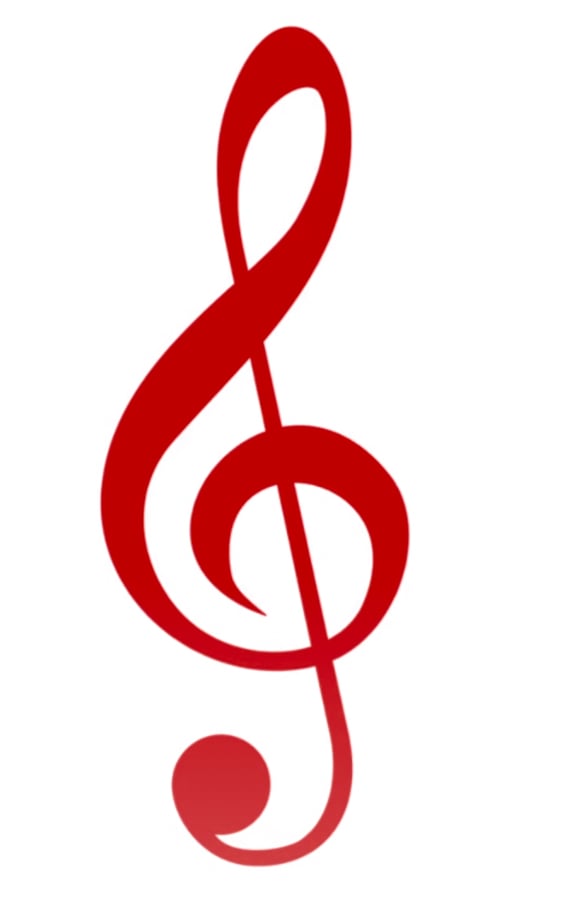
In musical notation, we have something called the Treble Clef. For many, it’s the symbol of music itself. For pianists, it means you are likely going to be playing these notes with your right hand.
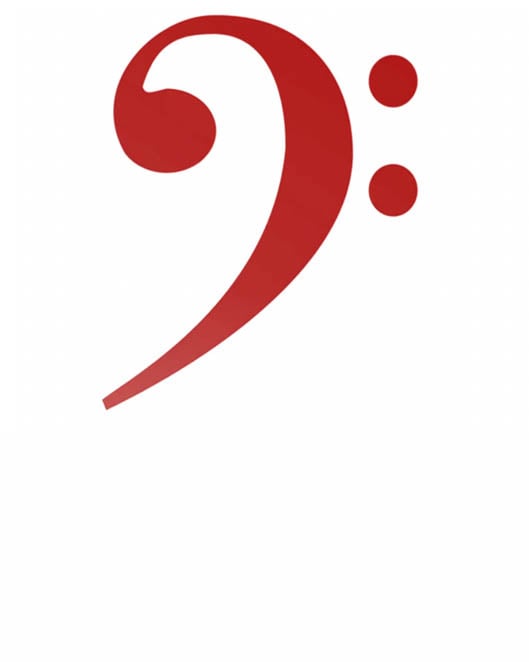
This one might be less familiar to some players, but the Bass Clef is representative of the notes you will play with your left hand– and generally the ‘bass notes’ of the song.
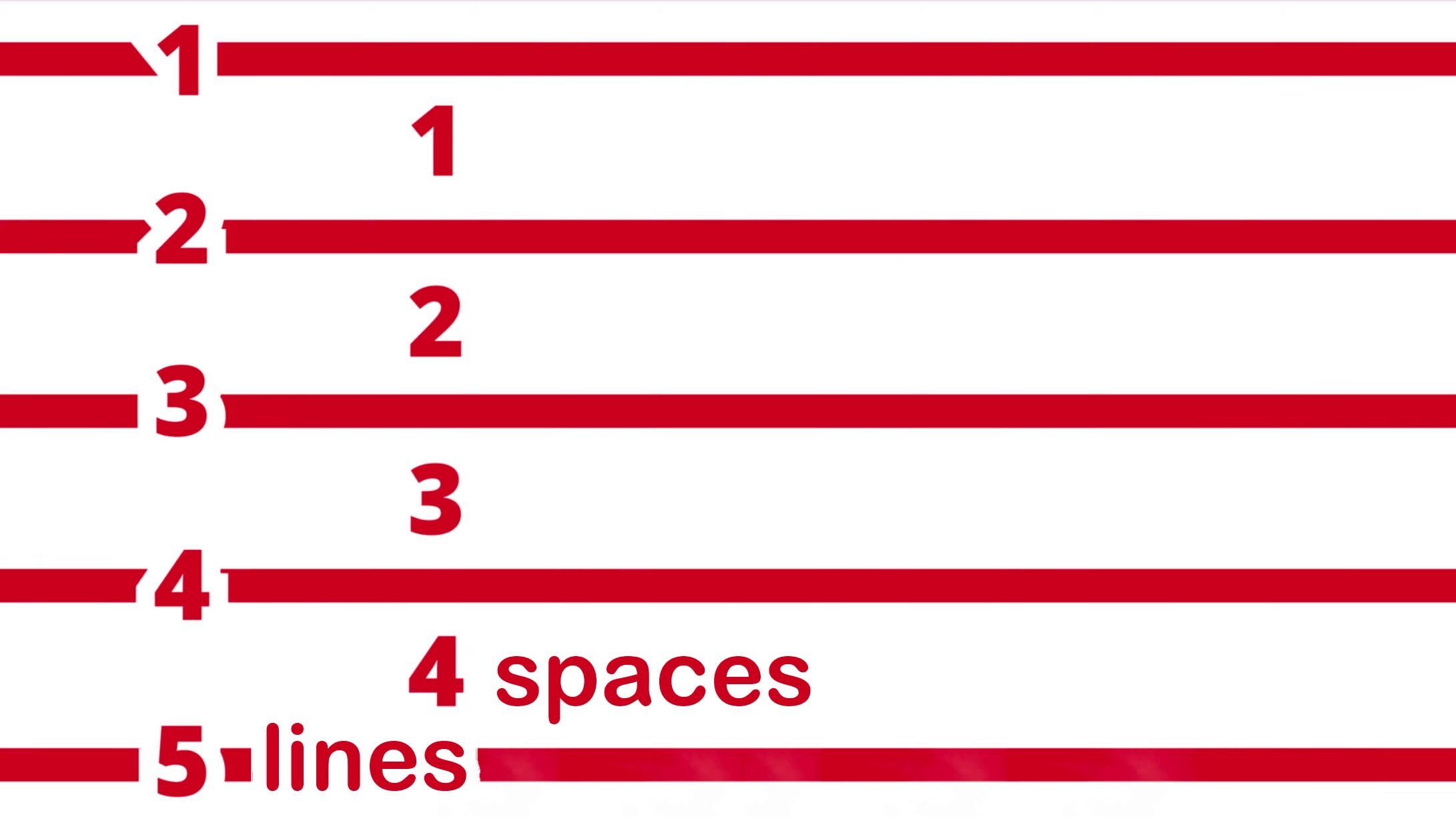
The treble clef and the bass clef are both host to a series of lines and spaces.
5 lines and 4 spaces, to be precise.
When combined on a piece of notation, these two clefs form what’s called the Grand Staff.

The Grand Staff is the world standard template for musical notation. There are almost 4000 different written languages in the world, but just 1 standard for reading notes.
Now, after all the importance I’ve placed on understanding The Grand Staff– I’m going to throw a wrench in the works:
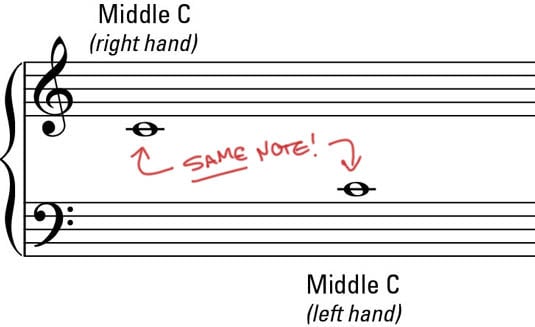
Wait, what?
‘Middle C’ is named (appropriately) for its position on The Grand Staff (and likely your keyboard). It sits in between the two clefs, connecting them together.
It may appear as though Middle C is 2 different notes in your sheet music, but it is just the spacing of The Grand Staff that makes it look this way. In reality:
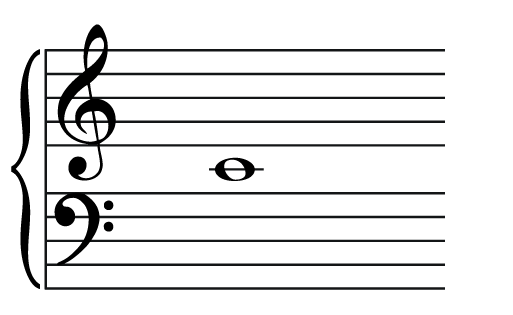
You’ll see it sitting one line below the treble clef, or one line above the bass clef. It’s actually the same note!
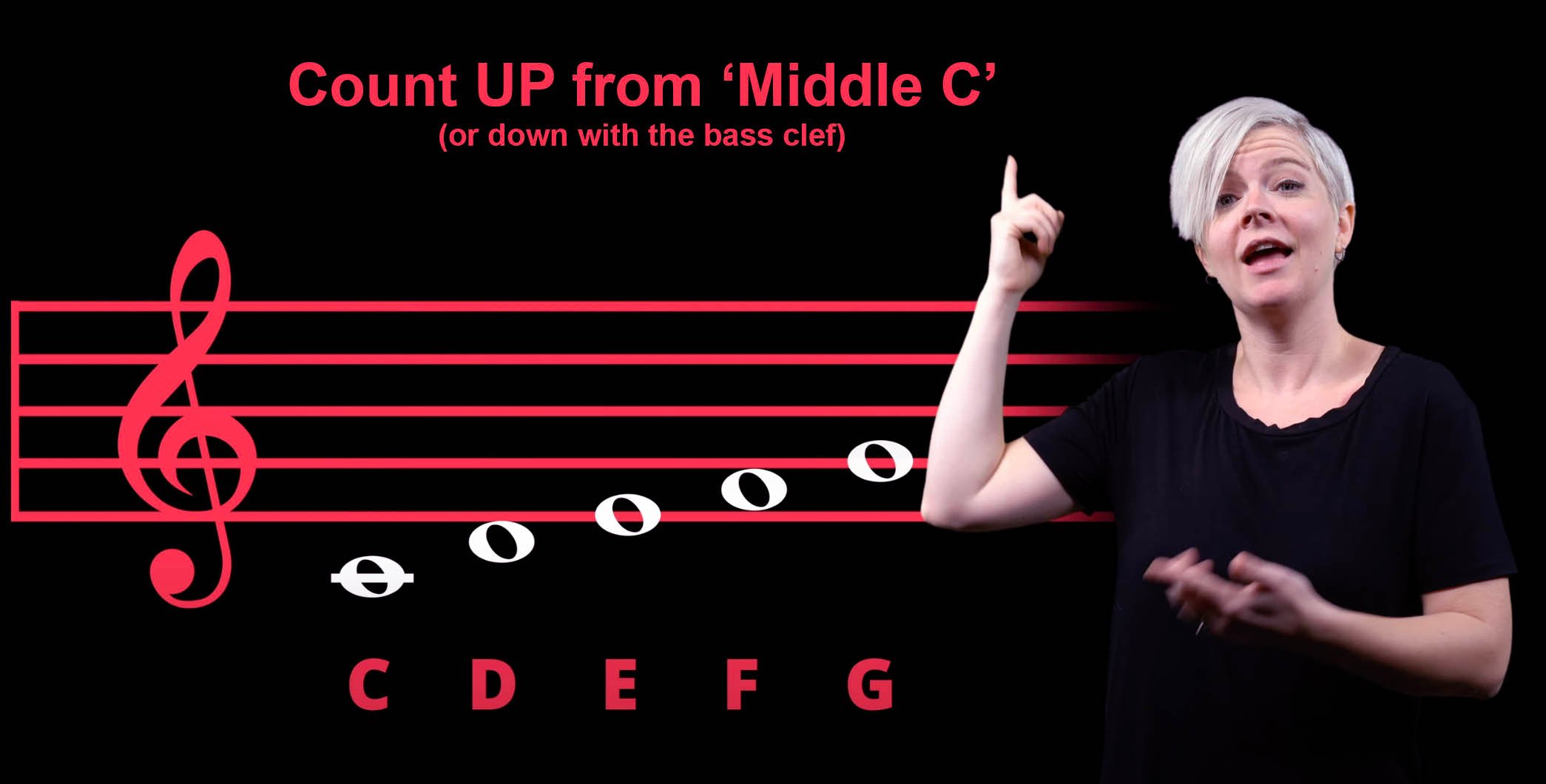 🔥🎹 Hot tip: Use Middle C as your jumping point for reading notes. For the treble clef, simply count up your musical alphabet to get all your note names. For the bass clef, count backward.
🔥🎹 Hot tip: Use Middle C as your jumping point for reading notes. For the treble clef, simply count up your musical alphabet to get all your note names. For the bass clef, count backward.
Back when I was learning to read music, I was taught to memorize the lines and spaces with a series of acronyms.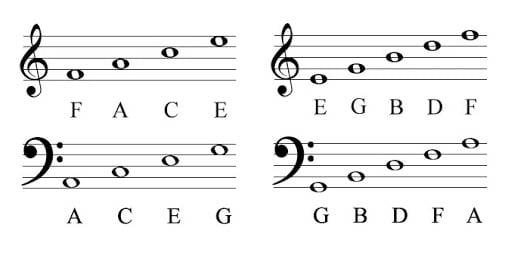
For the Treble Clef: Simply use the word “FACE” for the spaces, and the words “Every Good Boy Deserves Fudge” (or whatever you helps you remember best), and for the Bass Clef, “All Cows Eat Grass” for the spaces, and “Good Boys Deserve Fudge Always” for the lines.
This is a tried and true method that has been used by countless different piano teachers over the
years.
What I’d like you to keep in mind, is this system creates the misconception that the treble clef and the bass clef are independent of each other, when in reality they are two halves of the same whole.
It might seem like a lot to keep in mind, but I have good news for you:
“Pardon me??”
When I was learning to read music, I was made to believe I had to know every line and space and detail of the music I was attempting to perform.
Well I have a little bit of a cheat for you that I have learned over the years…
Landmark notes are easily identifiable notes that you can use to help spot others.
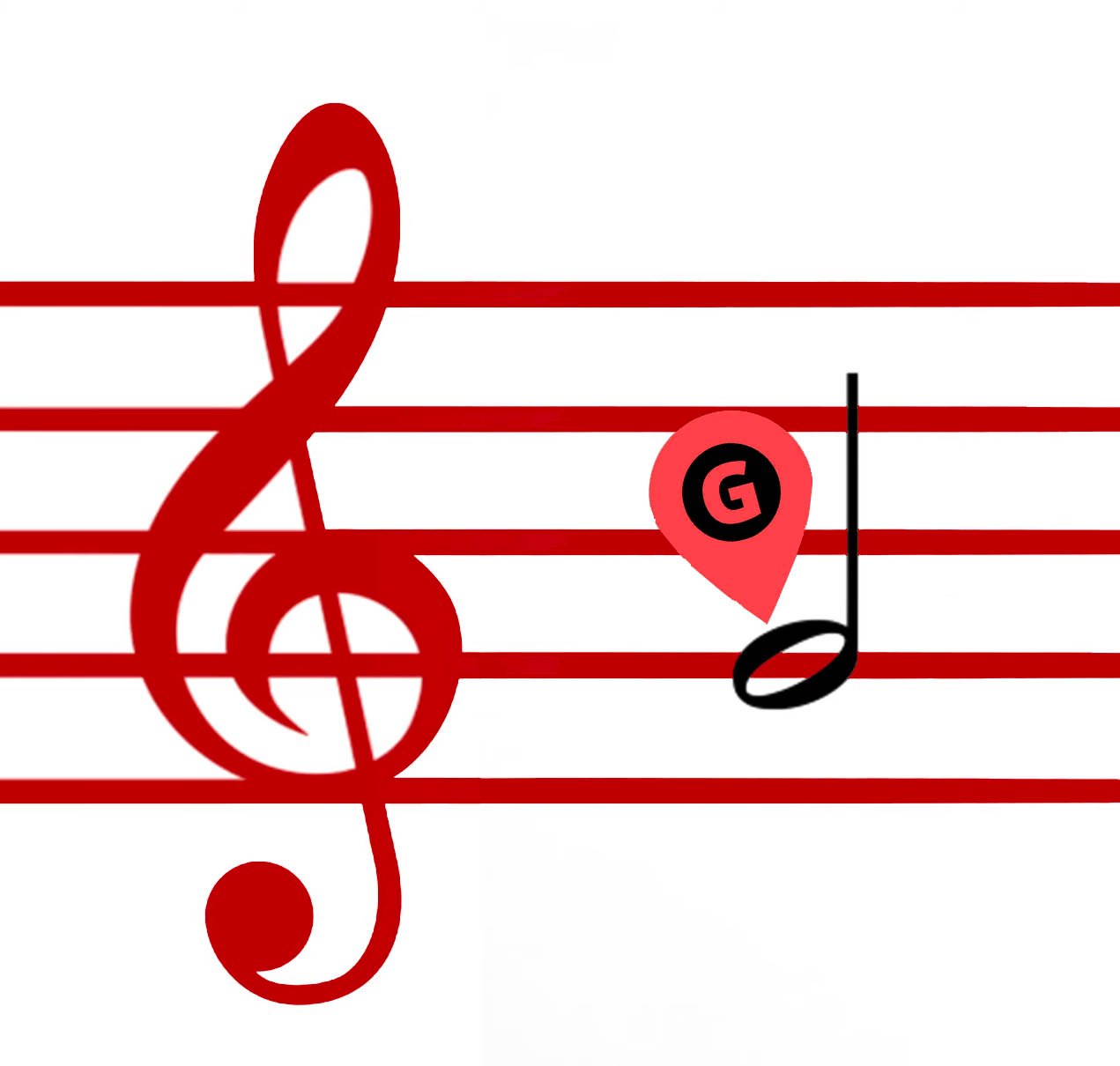
In addition to Middle C, a good ‘landmark note’ to be familiar with on the treble clef is ‘G’. The treble clef is otherwise known as the ‘G clef’, because it creates a little crosshair around the note of ‘G’, making it a lot easier to notice.
(This can also be said for the bass clef, only the bass clef is known as the ‘F clef’ for similar reasons, the two points of the symbol surround the ‘F’ note on the bass clef.)
“High C” is another easy one to spot. It is one octave above ‘Middle C’ and is easily identified in the second space of the treble clef. This is more of a personal landmark for me as I seem to be able to single it out with ease. You might find a different note that works for the same reasons, and that’s what learning is all about!
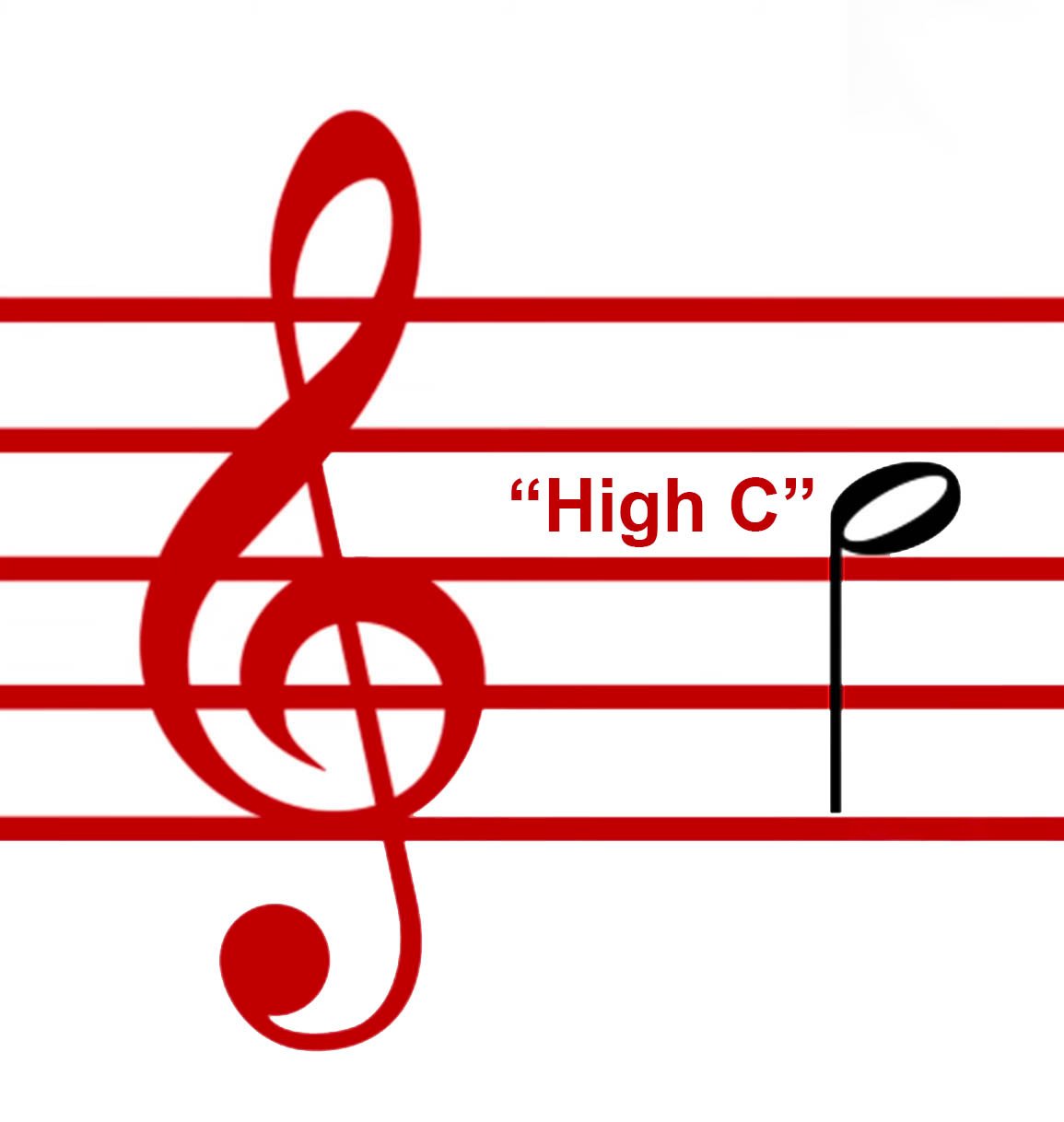
Now that we’re a little more familiar with the notes on the page, I want to show how you can quickly discern the spaces (or intervals) between them.
The difference between a note that sits on a line, and one that might sit on a space directly above or below it, is a 2nd.
You might see a note on a line (for example, the aforementioned ‘middle C’), and then you might see a note next to it, perhaps it sits in the space directly above middle C:

Reading the notes would tell me that the next whole-note following C, is D.
But if you are familiar with spaces in between the notes, then you’d know just to play one note up from your landmark note. C, to D.
Using this system you can walk up the keys– C, D, E, F, G and so on.

This is an extremely basic example, but it is the smallest interval after all! The trick is when you need to spot bigger gaps, or ‘jumps’.
Next up is the 3rd. Like 2nds, this interval is very quick and easy to identify. It always sits one full line or space above the root note.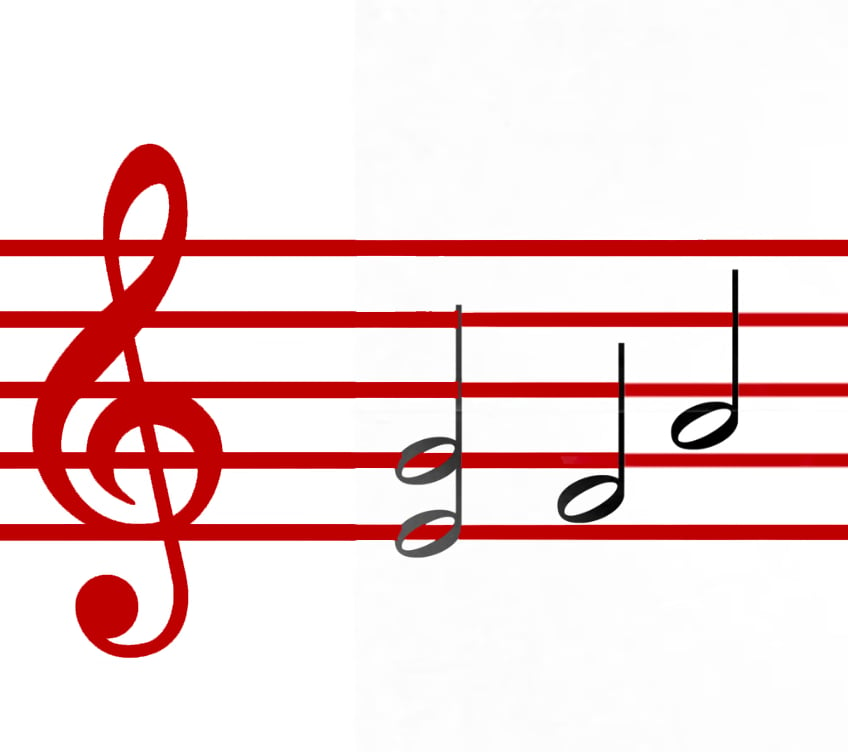
A 4th, simply, is just the next space up from a third. You’ll notice a 4th always moves from a line to a space… or from a space to a line.
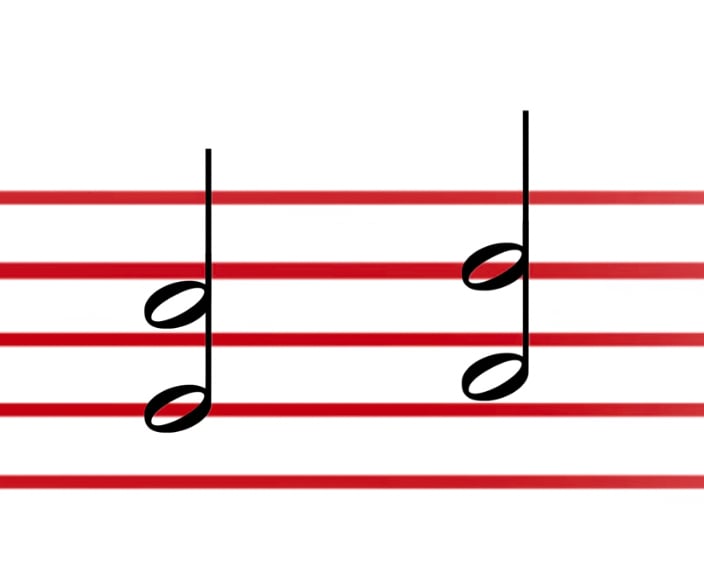
This is where things might start to become a little harder to spot immediately, but with a little training and experience your brain will calculate these intervals like second nature.
Now, 5ths are one of my favorites because they are actually pretty easy to catch. They are sort of like a stretched out 3rd. Just like the 3rd, a 5th goes from space to space, or from line to line– only this time we’re leaving a space or a line in between the two.
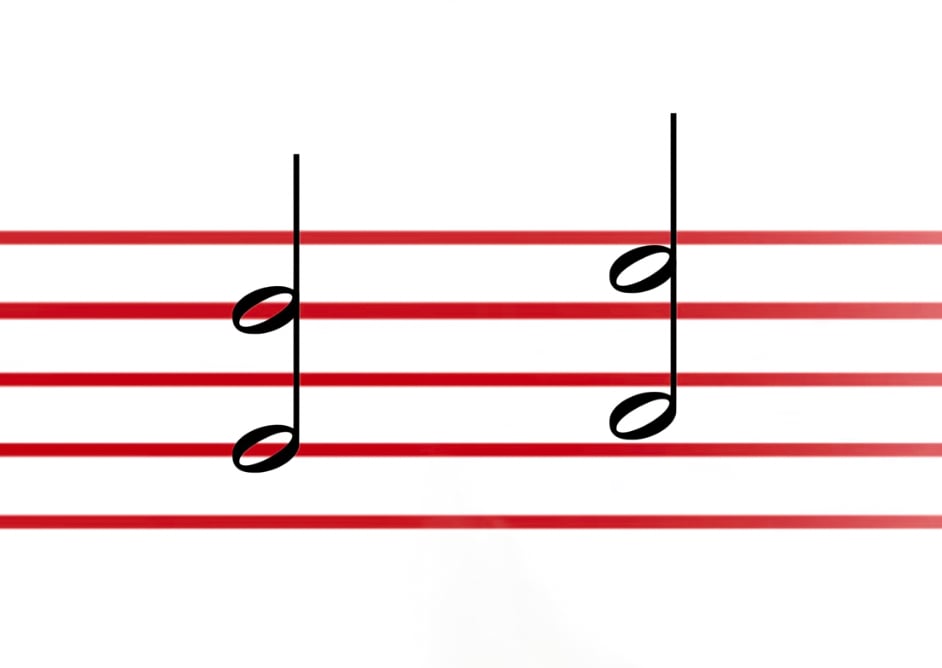
I’ve got some smart examples in the video to help you better identify this popular interval.
Perhaps the most beautiful interval, the 6th is not terribly difficult to notice– it’s just a little bit farther apart than a 5th.
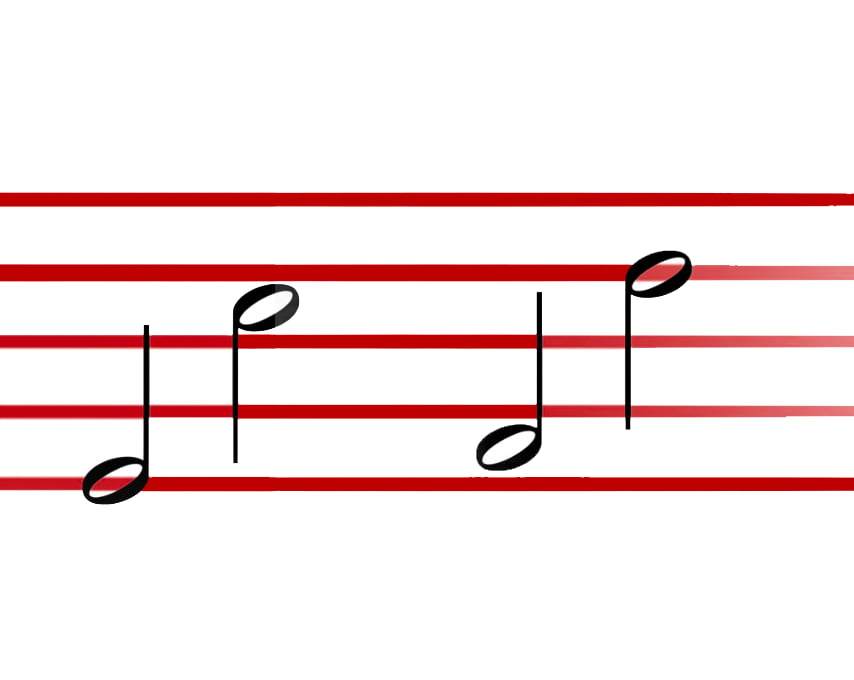
Like a 4th, it sits opposite on a line and a space.
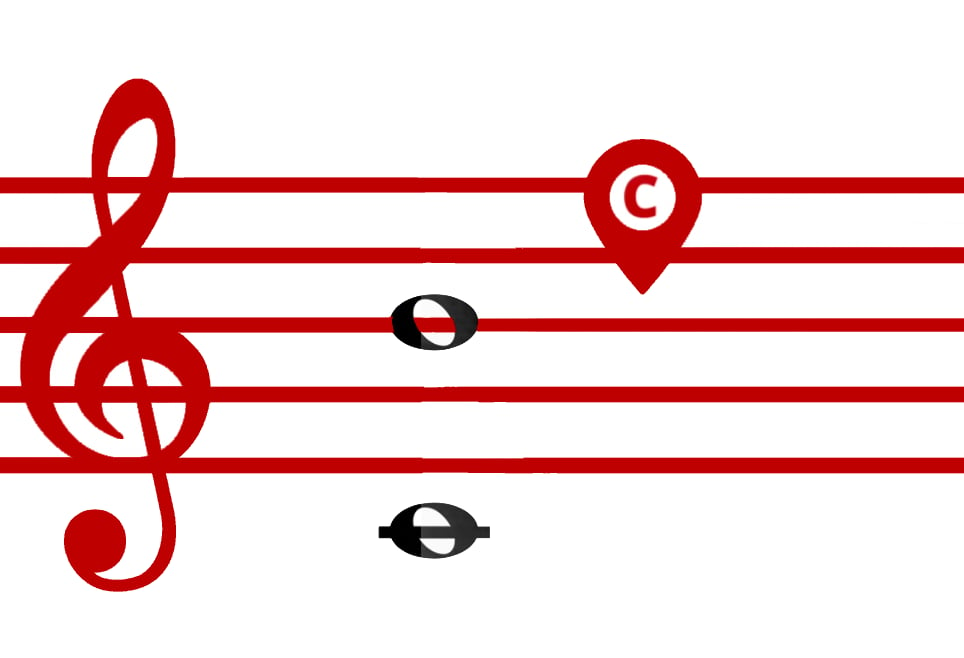
The spacing on a 7th can be harder to recognize. It’s a big gap! Once you get to the bigger distances like this it can seem a lot more daunting.
My best advice is something I’m going to keep repeating– get to know your landmarks and use them as your jumping point.
An octave is the distance between one note (like C) and the next note bearing its same name (the next C that’s either higher or lower).
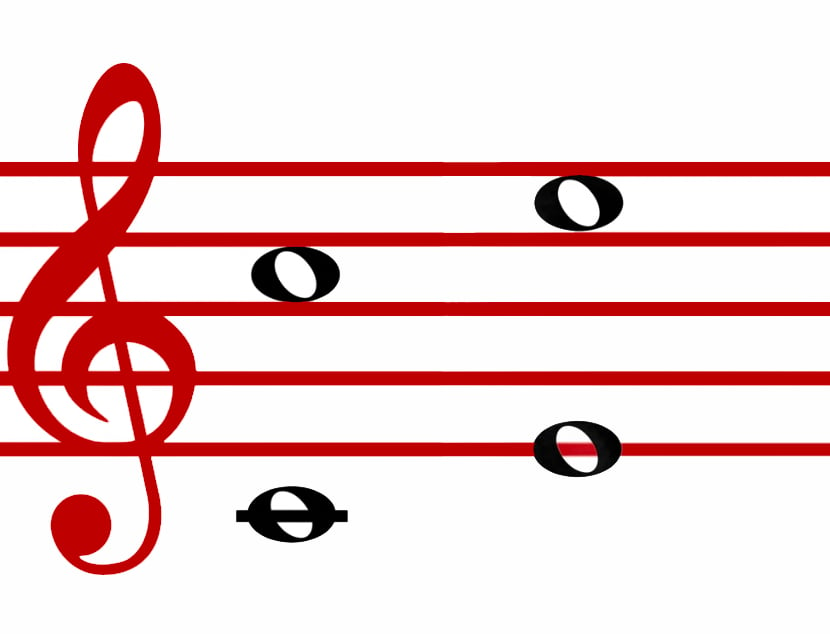
On a sheet of music this can be difficult to identify, but coming back to our landmark notes you could easily know the positions of ‘Middle C’ and ‘High C’ are one octave apart. Using that knowledge, it’s just a matter of mentally transposing those points on the page to recognize the spacing between other octaves and intervals.
There are so many ways to learn to read notes. I think the most important thing is allowing yourself to get creative, and to mix and match different thinking in a way that works for you.
So we’ve talked about acronyms, intervals, and landmark notes, but lastly I want to talk about the patterns you might recognize when you are attempting to read notes on a page.
Patterns are ultimately what makes music, well, music.

The ups and downs, common intervals between different notes… Being able to identify these patterns and repetitions will improve your sight-reading ability immensely.
Using these tips and tricks, I’m sure the notes on the page are going to start to become more familiar to you, and a whole new language of musical ideas and harmonies will become more accessible.
We can talk about this for a long time, but what we really need to do is put it to practice!
I have a made up a worksheet for you with all these intervals and ideas so you can improve your ability.
Don’t worry– we’ll work through it together.
Follow along on the video and we’ll go step-by-step.
Download the sheet music here
Happy practicing.
Lisa Witt has been teaching piano for more than 20 years and in that time has helped hundreds of students learn to play the songs they love. Lisa received classical piano training through the Royal Conservatory of Music, but she has since embraced popular music and playing by ear in order to accompany herself and others. Learn more about Lisa.


By signing up you’ll also receive our ongoing free lessons and special offers. Don’t worry, we value your privacy and you can unsubscribe at any time.
We use cookies for traffic data and advertising. Cookie Policy »